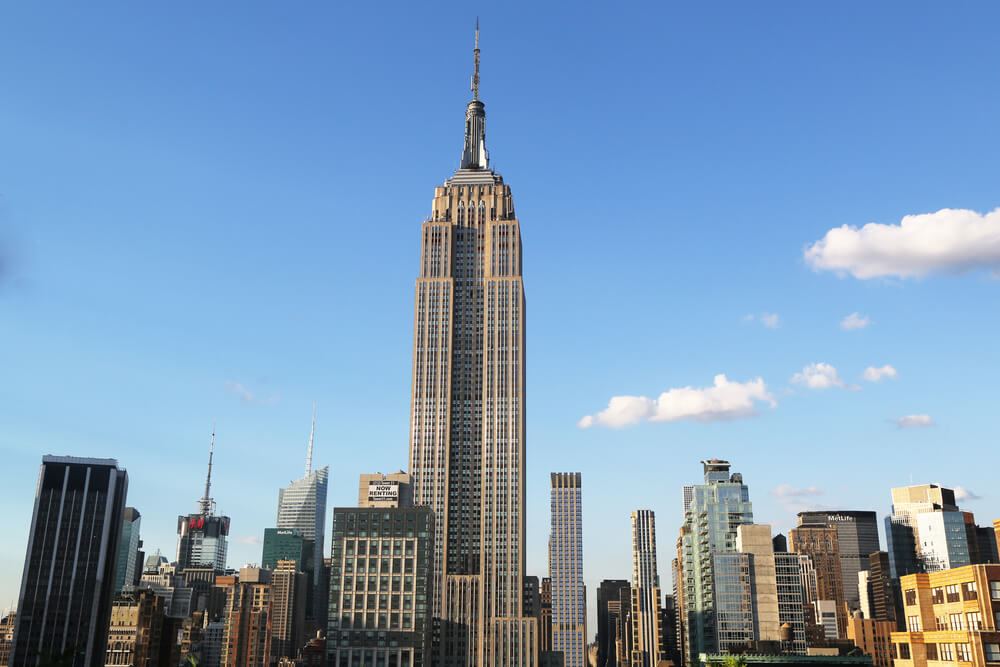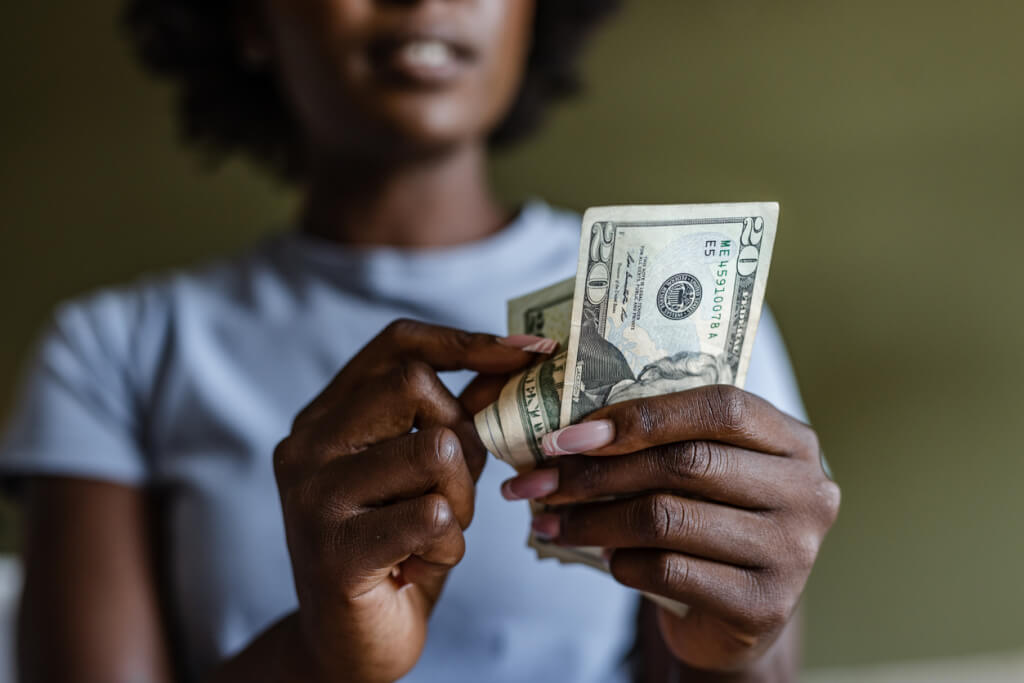Suicides and tragedies: the eerie side of the Empire State Building story
'09.03.2021'
Olga Derkach
Known for its record height and exquisite Art Deco style, the Empire State Building is one of the most recognizable landmarks in New York, if not the entire world. But despite the frequent appearance of this skyscraper in romantic films and comedies, the building's present past is actually much more sinister. The history of the Empire State Building was told by the publication 6sqft.

From failed suicide attempts to accidental plane crashes, the building's history is a vibrant series of storylines and characters spanning the past 90 years.
Design and construction
The 984 feet (300 m) high Eiffel Tower was built in Paris in 1889. And like many French buildings, she teased American architects with her height. The French “feat” prompted Americans to build something even taller, marking the beginning of the great skyscraper race of the XNUMXth century.
Prior to the Empire State Building, America's top tallest skyscrapers included the 700-foot (213 m) Metropolitan Life Tower, built in 1909, as well as the 729-foot (222 m) Woolworth Building (1913), and finally , 927-foot (282 m) Bank of Manhattan Building (1929).
Jacob Raskob, a former vice president of General Motors, decided to leave his mark on the skyscraper race and challenged Chrysler Corporation founder Walter Chrysler. Since Chrysler kept the plans for his tower under construction a secret, Raskob had to take into account the unknown and use his imagination.
Raskob and his partners purchased the land on 34th Street in 1929 for $ 16 million and immediately hired architect William F. Lamb of Shreve, Lamb and Harmon, who completed the original blueprints for the Empire State Building in just two weeks. The logic behind Lamb's plans was simple: he organized the space in the center of the building as compact as possible, and as the building's height increased, the size of the floors and the number of elevators decreased.
On the subject: Transforming building: what strikes The Shed in New York
Whether that was enough to surpass the Chrysler skyscraper remained unknown, but fueled by the spirit of competition, Raskob himself found a solution to the problem. Looking at the scale model of the building, the tycoon exclaimed: "We need a spire!" New plans were drawn up and the proposed building was extended to a whopping 1250 feet (380 m) thanks to an ingenious spire.
The building was constructed between 1929 and 1931 and cost $ 40 to build. Upon completion, it easily surpassed its competitors, raising the New York skyline to tremendous heights. In addition to its impressive size, the construction speed was also unprecedented. Builders innovated, saving time, money and labor.
For example, a rail system was built on site with wagons that could hold up to eight times as much as a wheelbarrow, allowing materials to move more efficiently. In total, construction was completed in just 410 days, almost three months ahead of schedule.
Photographer Lewis Hine was tasked with documenting the process. To get the vantage point needed to photograph the job being done at such a tremendous altitude, Hein photographed the workers from a specially designed basket that swayed 1000 feet above Fifth Avenue.
Although Hine was only hired to photograph the building, his work also focused on the people who created it. The artist called these images "working portraits", and they were an allusion to his desire to capture character, and not just architecture.
Suicide
The Empire State Building has been the target of over 30 suicide attempts. The first suicide occurred while the building was still under construction, when the fired worker rushed into an open elevator shaft.
One of the most famous incidents, however, occurred on May 1, 1947, when 23-year-old Evelyn McHale jumped from an observation deck on the 86th floor. A beautiful young woman wearing pearls and white gloves fell onto the roof of a United Nations limousine parked in front of the building. Legs elegantly crossed at the ankles, her body lay painfully lifeless, but majestically intact, as the metal of the machine wrapped around her like sheets framing her head and arms.
The scene was attended by student photographer Robert Wiles, who photographed McHale just minutes after her death. This photo was published on May 12, 1947 in Life magazine. Her death has been hailed as "the most beautiful suicide," and the images were used by artist Andy Warhol in his Suicide print series.
On the subject: Delight and sadness live there: what hides the legendary Dakota building in New York
Due to unforeseen conditions and poor planning of suicide, there were two cases where people survived, falling no more than one floor. The first was Elvita Adams, who jumped off the 2th floor on December 1972, 86. The flight was interrupted by a gust of wind that threw her body back to the 85th floor, leaving her alive, but with a broken hip. The second was on April 25, 2013, when 33-year-old Nathaniel Simon jumped from an observation deck on the 86th floor, luckily landing on a ledge on the 85th floor soon after.
Unexpected tragedies
In addition to suicides, the Empire State Building also killed people in two shootings and even a plane crash. On 23 February 1997, Ali Hassan Abu Kamal, a 69-year-old Palestinian teacher, opened fire on an observation deck, killing one person and wounding six more, and then shot himself in the head.
The second shooting occurred on August 24, 2012, when fired clothing designer Jeffrey Johnson shot a former colleague outside the building. A bandit hiding behind a van walked out onto 33rd Street and fired at a target from afar. After his victim fell to the ground, Johnson walked over to the body and fired several more shots, standing over it. Johnson was later killed by police standing in front of the 5th Avenue entrance to the Empire State Building. The officers fired a total of 16 shots, killing Johnson and wounding nine bystanders, none of whom miraculously received life-threatening wounds.
On the subject: Impossible to pass: the 20 most beautiful buildings in New York
On July 28, 1945, Lt. Col. William Smith crashed a US Army B-25 bomber on the north side of the 79th floor of the Empire State Building. On the morning of the crash, the city was shrouded in thick fog, and the lieutenant colonel, who was flying to Newark to pick up his commander, somehow ended up over LaGuardia and asked for a weather report.
Despite being asked to land, Smith still asked permission to continue on to Newark. He was allowed, but the fog greatly interfered with visibility.
Trying to regain visibility, Smith lowered the bomber and found himself among the tall skyscrapers in midtown Manhattan. It originally headed straight for the New York Central Building, but was able to move west without collision. He passed several other buildings until he found himself heading straight for the Empire State Building.
The pilot tried to get up and down, but it was too late. On impact, the bomber punched a hole in the building eighteen feet high and twenty feet wide, the aircraft's fuel exploded, and flames engulfed the building from the 75th to 79th floors. Then 13 people died.







